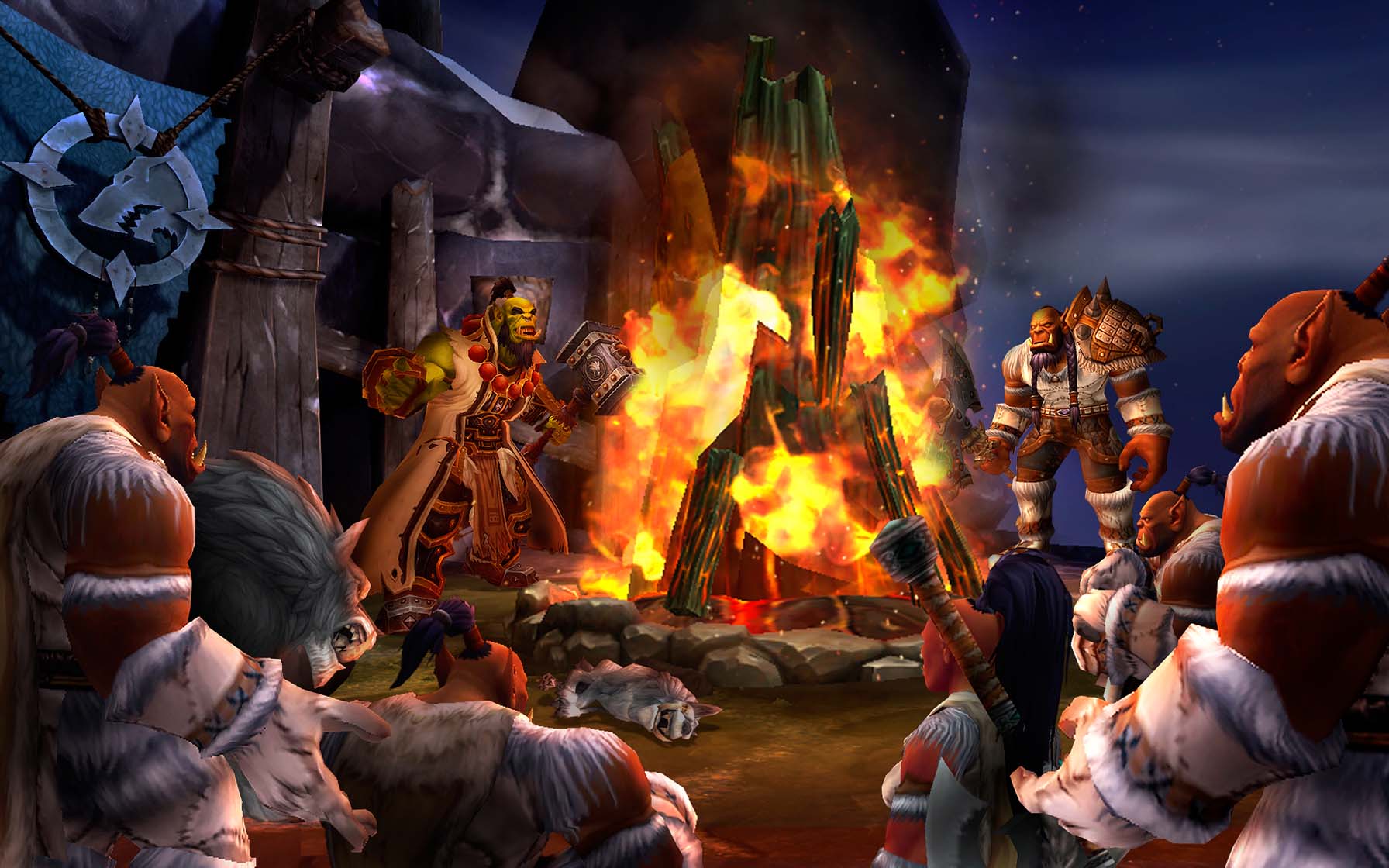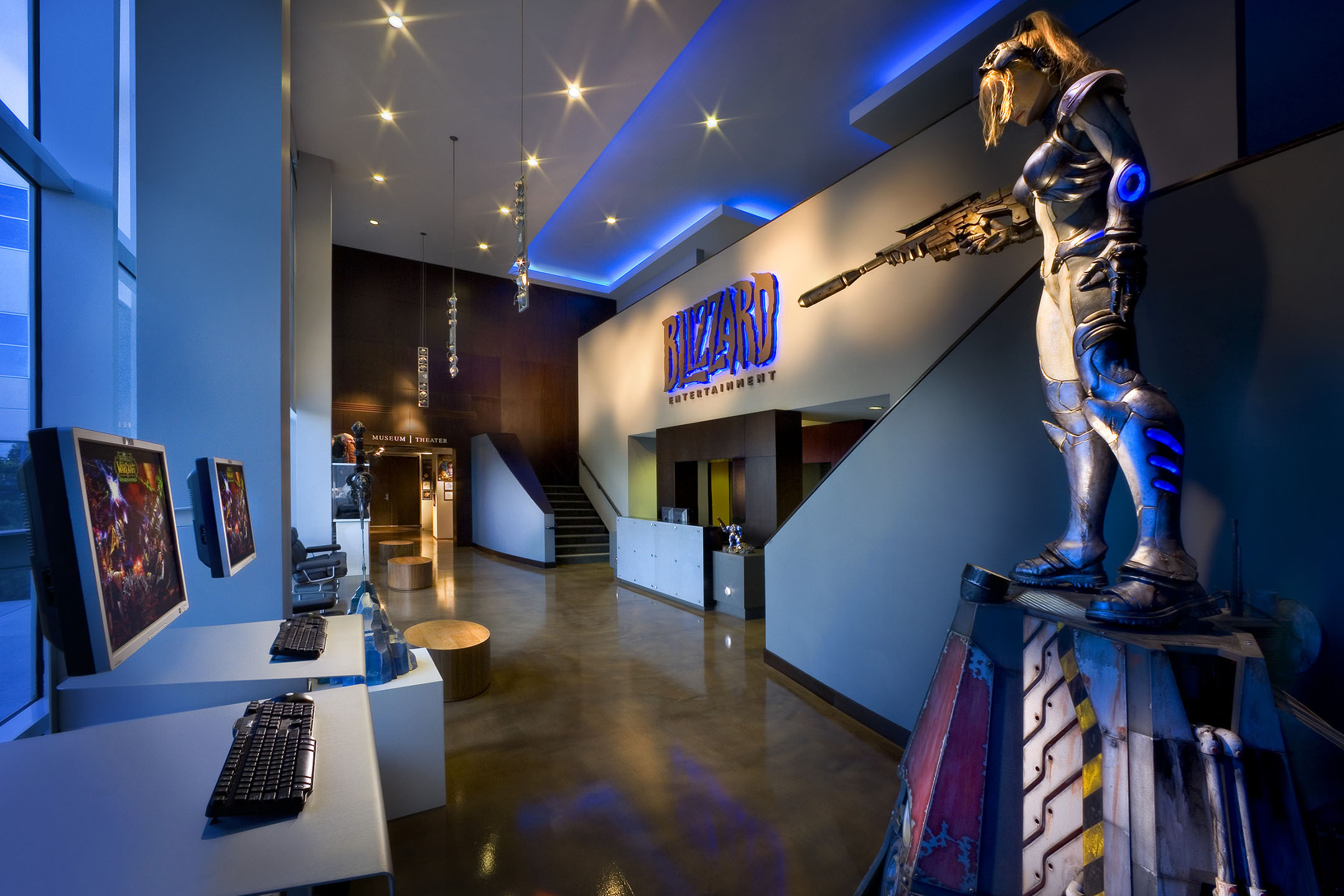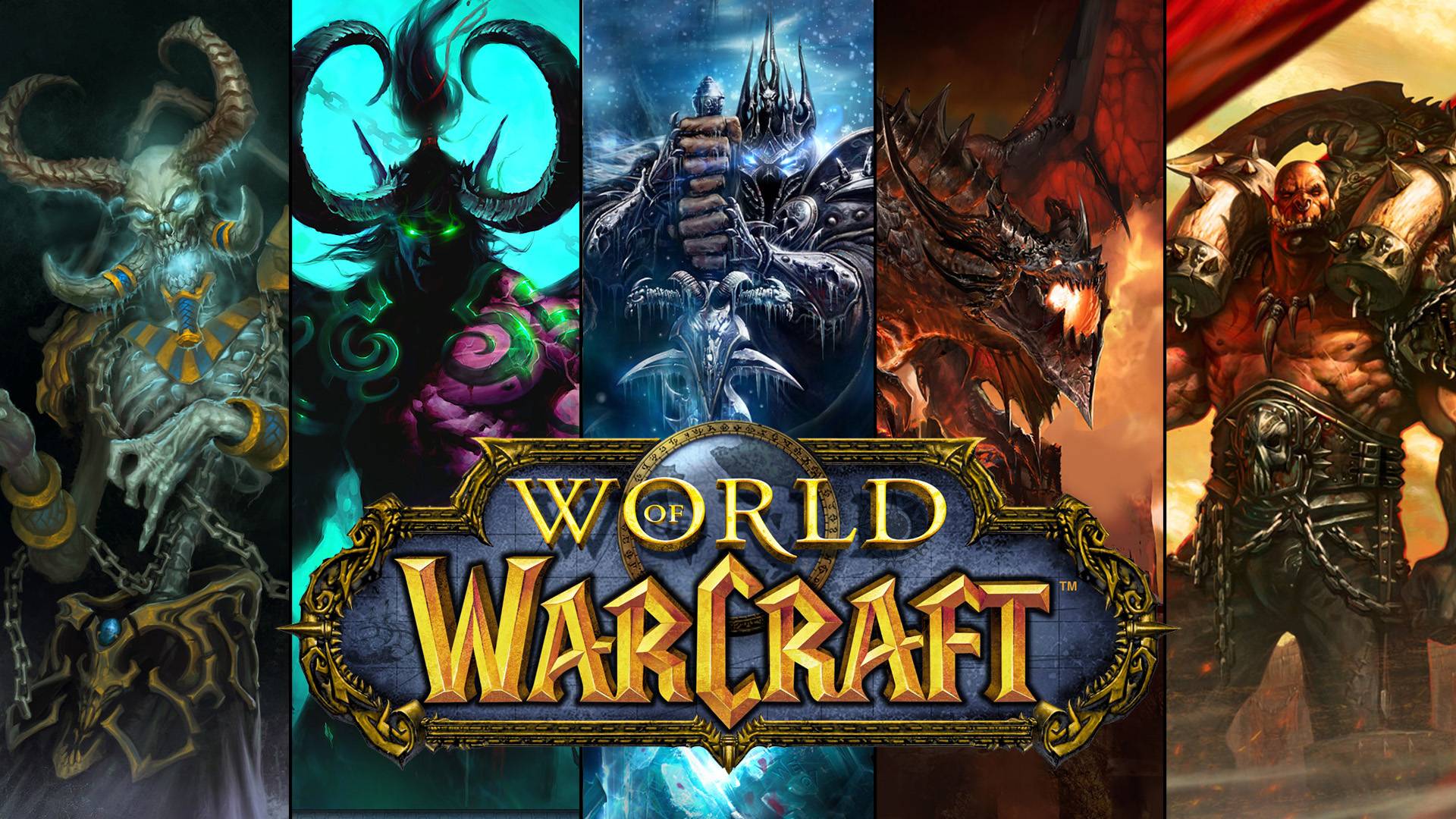This Is How World Of Warcaft Has Remained The #1 MMO For 13 Years
Published 7 years ago in Ftw

It seems like every year we hear the same thing about World of Warcraft dying. Yet, not only is it still around, but it remains by far the most popular MMO in existence.
At this point it's only fair to simply acknowledge it as a phenomenon, and take a step back to look at just how it's pulled off such a feat.
Welcome to Azeroth: Lowering the Barrier of Entry

When World of Warcraft debuted in 2004, it was a time where many perceived that MMOs were supposed to be difficult and time consuming. Take for example a game like Final Fantasy XI where you have to group with others to level and you lose hours worth of experience if you die. Meanwhile, in Lineage 2 each level took more than 10 hours to obtain through repetitive grinding, and getting around the game world took seemingly forever. This cumbersome design was a prevailing theme in the genre before Blizzard entered the market.
When World of Warcraft released and reduced the opportunity cost for achieving reward, it was downright revolutionary. A genre that was once restricted to the hardcore was now accessible for all. This was the first time where it was easy to invite friends to come and join you in an MMO. Newcomers to the genre wouldn't have to deal with a lot of the headaches that previously tested the persistence of MMO gamers, and those who weren't able to play a lot were rewarded for Rested Experience that improved XP gains. Those who simply had no interest in playing an MMO before would find themselves deeply invested in Azeroth.
Those who simply had no interest in playing an MMO before would find themselves deeply invested in Azeroth.
The barrier of entry was lowered in more than just gameplay, though. World of Warcraft's stylized visuals and optimization allowed those with dated PCs and laptops to play the game without having to think about dumping hundreds of dollars on hardware upgrades. For the thousands of players who previously had no interested in MMOs or Warcraft, this was a necessity for beginning their journey with the game.
World of Warcraft's ease of access has been refined since release in methodical ways such as Looking for Raid, allowing it to not only earn new subscribers, but retain those who would otherwise lose interest in the overwhelming qualities of a typical MMO.
That Blizzard Magic: A Top Tier Developer

It's a lot easier to sell a game when it has a big name behind it. Blizzard is one of the biggest names in the business due to its monumental success over the years, so when gamers found out that it had a new product, that alone amassed attention.
What makes Blizzard such a successful company isn't necessarily its manpower; it creates great games because it has a strong development process. As shown by its willingness to outright kill Project Titan before release, and make late release date announcements, it doesn't force or rush development. Each facet of its games, whether it be class design or raid encounters, are controlled by highly experienced team leaders. These team leaders are able to make big decisions, but those decisions are double checked by other members of management to ensure that the precious time of programmers and artists isn't spent on something that players won't like.
This patience is due in-part to the fact that its team wants to make games that they love. As shown in the Looking for Group documentary, every leader of the World of Warcraft team plays the game. These are people that are passionate and motivated about their job, and it shows in the products that they make.
The Neverending Story: Updates, Updates, Updates

By nature MMOs are complex and always evolving. In cases like World of Warcraft they require a monthly fee to play, and it's absolutely critical that they manage to grow and improve over time to show subscribers that their money is going toward more than just server upkeep.
Starting in 2004, Blizzard showed that it was committed to supporting World of Warcraft in the long haul by pushing a content patch, 1.2.0. This was at a time when Blizzard was dealing with serious network resource shortages following its immensely successful launch. Nonetheless, it would allocate resource to begin working on high-quality content immediately, beginning with 1.2.0's introduction of the dungeon Maraudon.
...this was the fastest iteration an MMO had ever seen.
Another couple months later Dire Maul and two World Bosses were added. By its eight month anniversary it had a full PvP honor system, two raids, a major world event, new dungeons, as well as some of the coolest looking endgame gear in the genre. At the time this was the fastest iteration an MMO had ever seen. This, together with its well-designed raid encounters, retained the attention of high level players, and earned it a reputation early on as an MMO that had a fun and diverse endgame climate.
Blizzard has actually gotten much better at updates over the years as its team has grown. In 2014, World of Warcraft hardly looks like the game it was at launch, although there are hints of its original existence in classic dungeons.
The Warcraft Universe: Caring About Why You're Here

The Warcraft universe is one that earned loyal fans well before its MMO debut. In 1994 Warcraft: Orcs & Humans released. It was one of the best RTS games of the year, laying the groundwork for a multi-billion dollar franchise. By 2003 three full installments would release, each with arguably the most interesting narratives in the genre. The lore and its characters would grow to a point where it was begging to be realized in a fully 3D world. This would spur the idea of transforming it into an MMO.
When 2004 rolled around and World of Warcraft released, it was a dream come true for Warcraft fans who wondered what it would be like to exist in its world beyond the confines of RTS levels. It had a seamless world only broken up by two continents. It was diverse, and had a true sense of exploration.
The Warcraft IP was a great choice for an MMO. Since World of Warcraft's debut there have been five full expansions. Even with tens of thousands of hours of content available, there's still a ton of Warcraft lore left untapped. The South Seas, Emerald Dream, Burning Legion have hardly been touched upon, and could receive expansions of their own.
It has never felt like World of Warcraft has run out of ideas, and with so much yet to be experienced it has plenty of room for growth.
The #1 Reason: Smooth Gameplay

Although many might argue that some of the other qualities about World of Warcraft are why it reigns supreme, its gameplay is the most important to myself and many others. There's nothing quite like engaging in battle in World of Warcraft. Using abilities feels intuitive thanks to great acoustic and visual feedback. Unlike most other games in the genre, you can tell when an ability lands, misses, or doesn't go off at all without reading a combat log.
Made better, the net code is the best in the business, with an update rate much faster than games such as Final Fantasy XIV: A Realm Reborn where it's common to die in raid encounters due to latency. This has made it the premier MMO for raiding.
There's nothing quite like engaging in battle in WoW.
What's a real testament to how ahead of its time World of Warcraft's combat was in 2004 is how it's remained unarguably the most fluid hotkey-based MMO since then. We've seen and played similarly structured games like Star Wars: The Old Republic and Rift, games that had the advantage of being newer. While they tried tremendously hard to emulate World of Warcraft, there was something missing, whether it be animations or visual tells.
When it comes down to it, if you're going to spend thousands of hours in a game, gameplay cohesiveness is a major factory in ensuring that the long-term game experience is enjoyable.



